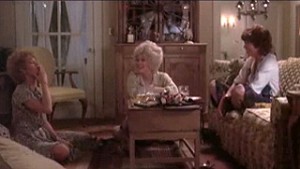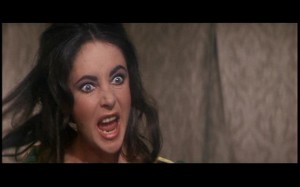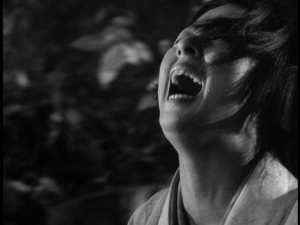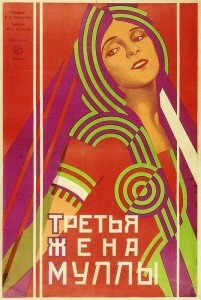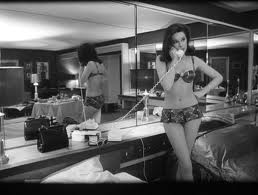Ted Chiang wrote this character, Amy Adams acted her out in the film Arrival. She’s a quiet, solitary academic. A translator. A de-coder of languages that are not her own. She is tapped to decipher the non-verbal, pictographic language of alien visitors.
The metaphors here are just so good. The female translator, Louise Banks, beats her male competition to become the translator of aliens by correctly translating the Sanskrit term for ‘war’ as meaning ‘a desire for more cows.’ Not bulls, but cows. Not male beef, but female fecundity and nurturance.
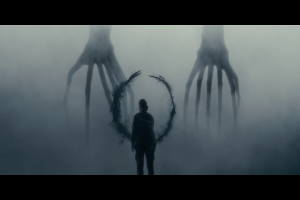 At the crucial moment, when governments worldwide are misunderstanding the aliens and shutting down communications in order to aim munitions, Banks speaks up. She shouts, “we need to be talking to one another!” She knows that cooperation is necessary. The men in the room aren’t listening. So she walks out to have a private, nonverbal conference with alien beings.
At the crucial moment, when governments worldwide are misunderstanding the aliens and shutting down communications in order to aim munitions, Banks speaks up. She shouts, “we need to be talking to one another!” She knows that cooperation is necessary. The men in the room aren’t listening. So she walks out to have a private, nonverbal conference with alien beings.
Louise learns an alien language, sees and hears echos from the future, and then she saves the world. The pivotal message is spoken over a stolen telephone, in Chinese without subtitles. 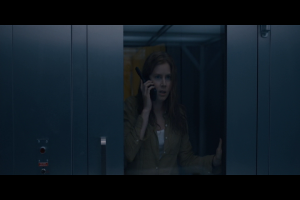 She speaks aloud, just as she receives the same message in her ear from the future, from the person she is speaking to.
She speaks aloud, just as she receives the same message in her ear from the future, from the person she is speaking to. 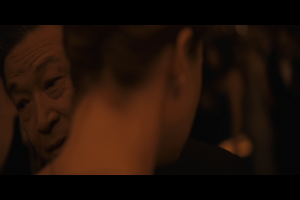 Louise is echoing the words of a man’s dead wife over the telephone. This echo of female voices alters the fate of humanity. The voice of the woman heralds arrival and survival.
Louise is echoing the words of a man’s dead wife over the telephone. This echo of female voices alters the fate of humanity. The voice of the woman heralds arrival and survival.

